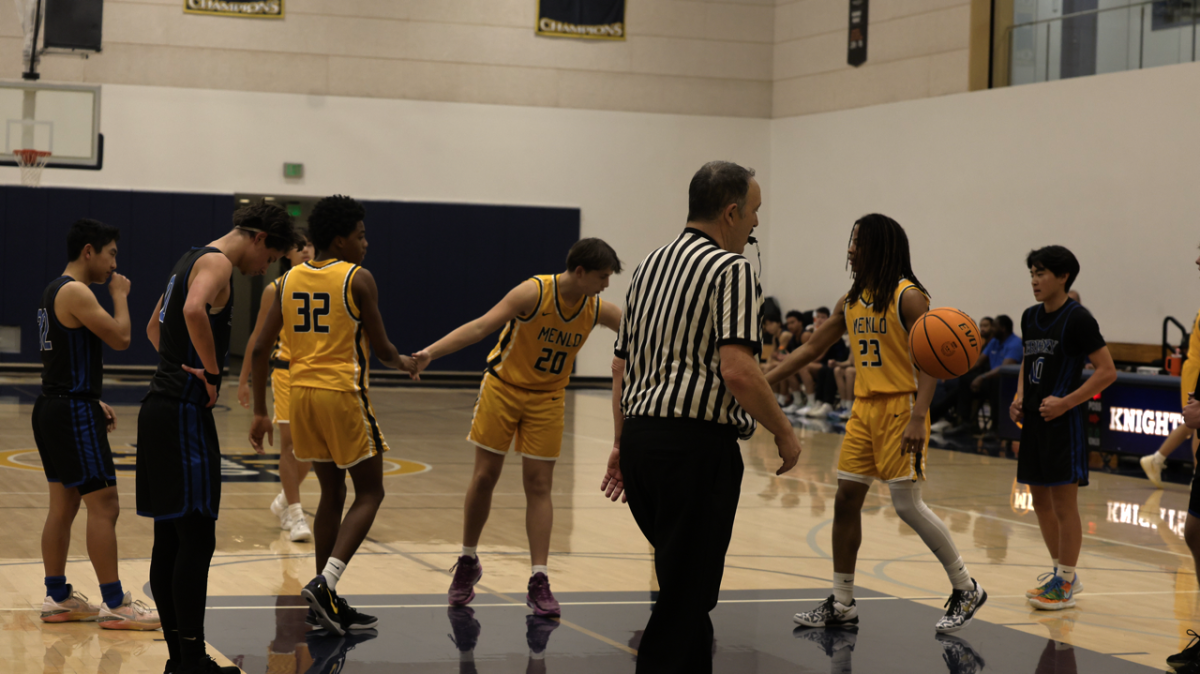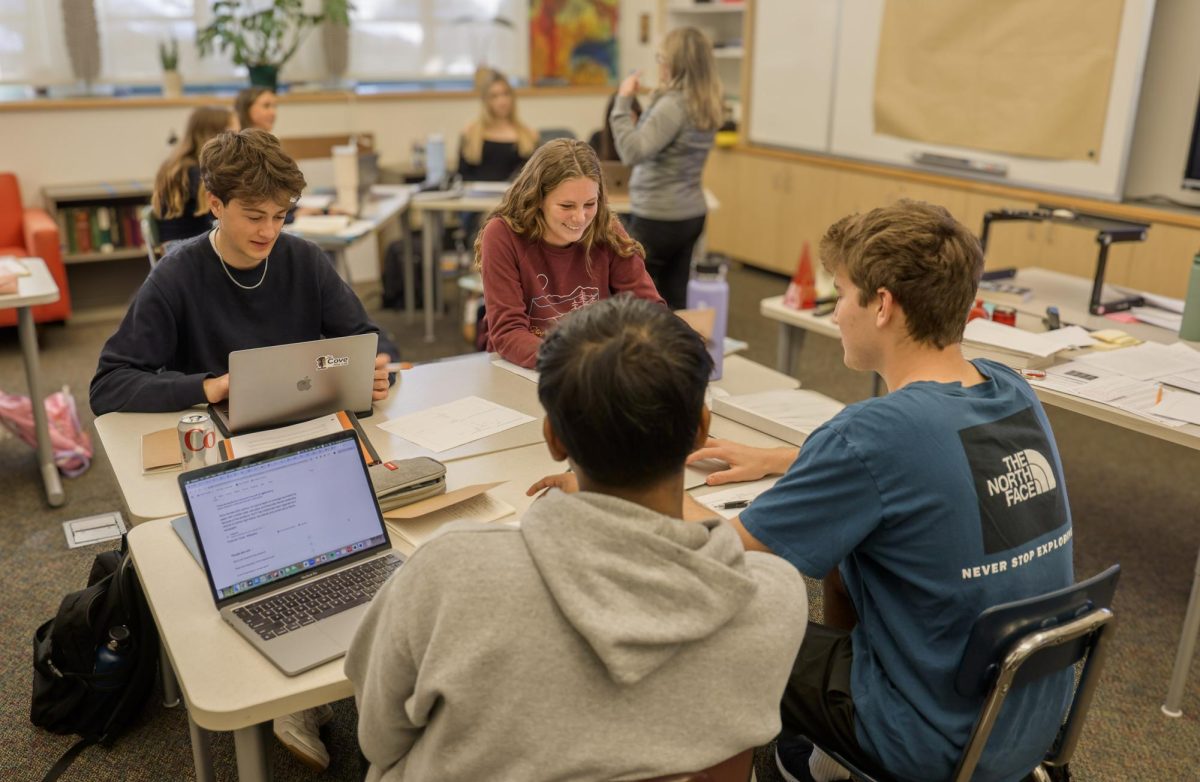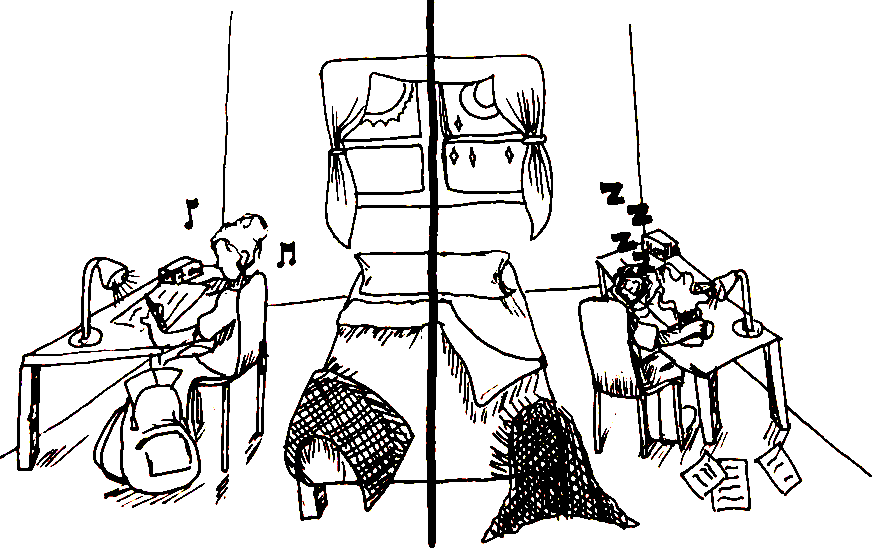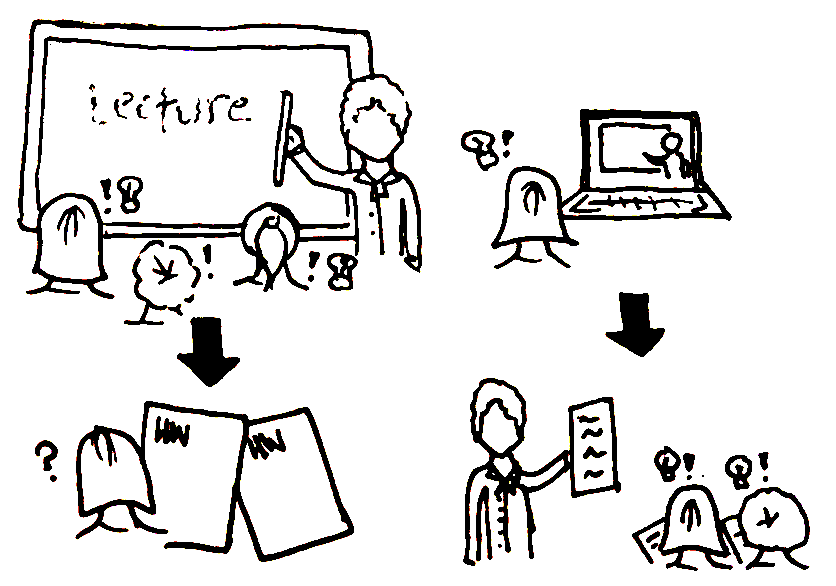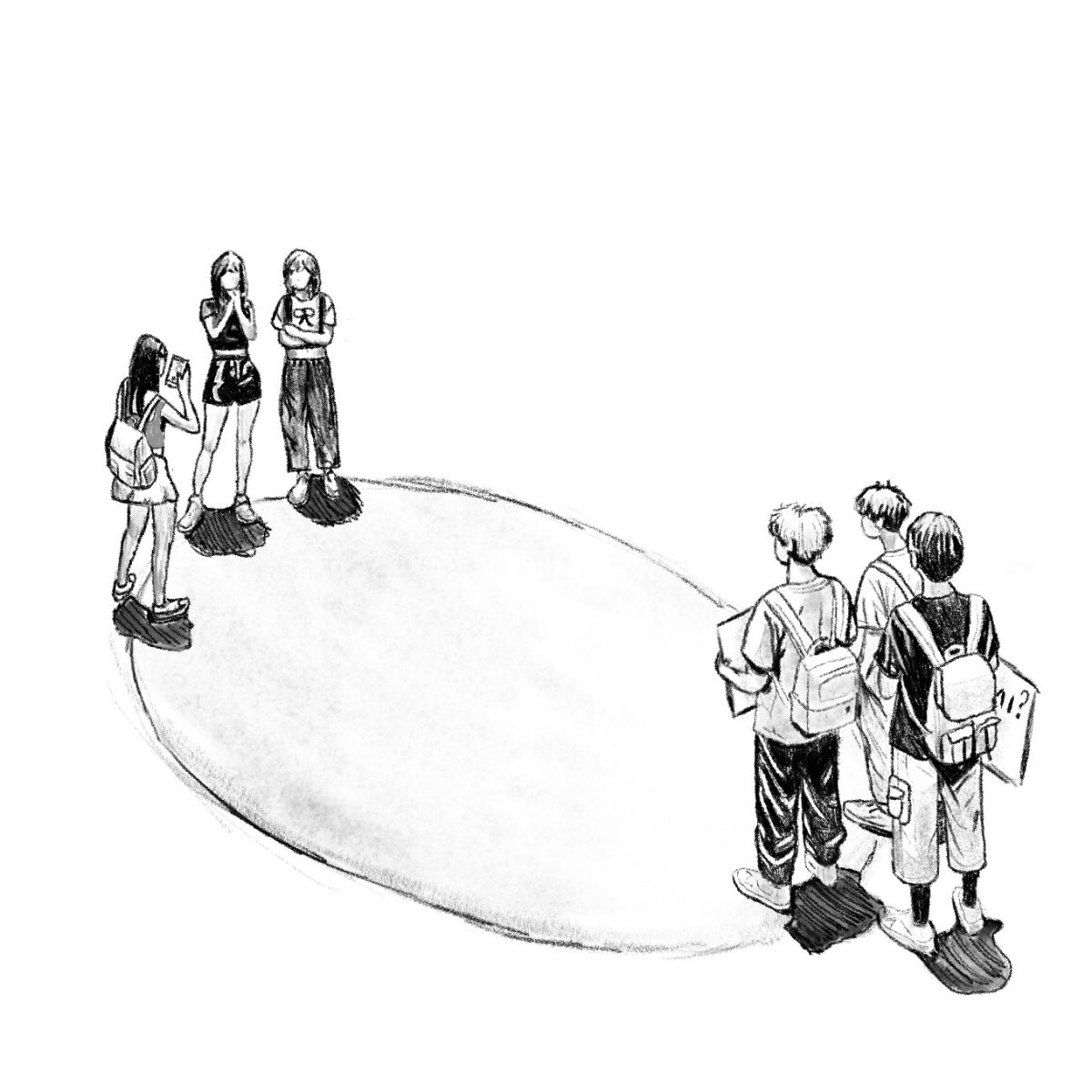In the long winter months of November and December, Thanksgiving and holiday breaks happen within just a couple of weeks from each other. But though some argue that these breaks are too close, I would argue that having these two breaks fitted within just a couple of weeks can be extremely beneficial in providing a significant rest period after months of hard work and boosting productivity by motivating students to take an extra push before the holidays.
Having a break is a great way to relax and recharge amid intense stress. It’s no secret that Menlo is an academic school where homework can easily pile up and seem endless. Particularly before Thanksgiving, teachers tend to schedule tests or graded assignments immediately before as a means to ensure that students are taking it at their ‘best level.’ But having two long breaks next to each other helps students reorganize themselves following stressful tests and assignments, thereby serving as a way to relax and rejuvenate. Additionally, recent studies show that “students who took a one-day break recorded the best scores when they were tested 10 days later, while those who went on a one-month performed the best after six months.” Indeed, this evidence demonstrates that having breaks and rest periods benefit students’ academic performance, making the option of having a break significantly more appealing.
Furthermore, having two breaks also helps motivate and inspire others to take one extra push before break. In particular, after having a restful Thanksgiving, students have two weeks before the end of the semester to try their hardest. A winter break right after this short period of finals and research papers allows students to have something to look forward to — a two-week long, relaxing vacation. Recently, a study published in the Journal of Educational Psychology emphasized the importance of goal-oriented behavior in academic settings. The study found that students who had clear, short-term milestones — such as an upcoming holiday break — were more likely to sustain high levels of effort and focus during challenging periods, such as tests or floods of assignments. This sense of anticipation gives students a mental boost, helping them see their workload as a manageable challenge with a clear finish line instead of an endless grind.
A prevailing argument is that the breaks are too close in succession—students may struggle with getting back into the groove of studying after a break travelling and relaxing, only to go on a break again soon after. But it is these breaks that provide students with the necessary time to enhance overall productivity and mental well-being. Short, frequent breaks offer opportunities to recharge, prevent burnout, and reduce stress, which, in turn, leads to better focus and improved academic performance. Additionally, breaks allow students to travel or relax, gaining new perspectives, boosting creativity, and experiencing educational growth outside the classroom. These periods of rest can also be used to study at a self-directed pace, helping students feel more prepared for the weeks ahead. Ultimately, breaks offer the flexibility to prioritize what is most beneficial—whether academic or mental—based on individual needs.
Overall, having two breaks within a few weeks offers valuable rest after months of hard work and enhances productivity by encouraging extra effort before the holidays. So, next year when you’re powering through those final papers and exams, just remember — your well-earned holiday nap is only just a few days away!



